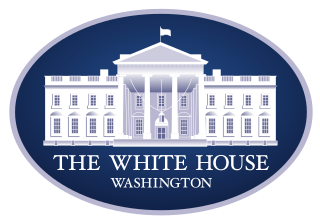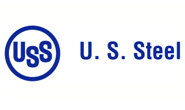Steel Mills

Cliffs swings to loss in 2024 amid 'worst steel demand environment since 2010'
Written by Stephanie Ritenbaugh
February 25, 2025
Cleveland-Cliffs Inc.
| Fourth quarter ended Dec. 31 | 2024 | 2023 | Change |
|---|---|---|---|
| Net sales | $4,325 | $5,112 | -15.4% |
| Net earnings (loss) | ($447) | ($155) | -188% |
| Per diluted share | ($0.92) | ($0.31) | -197% |
| Year ended Dec. 31 | |||
| Net sales | $19,185 | $21,996 | -12.7% |
| Net earnings (loss) | ($754) | $399 | -289% |
| Per diluted share | ($1.57) | $0.78 | -301% |
Cleveland-Cliffs recorded a significant loss in 2024 as “a consequence of the worst steel demand environment since 2010,” with the exception of the Covid pandemic, the company’s chief executive said.
“The second half of last year was especially bad with the steel demand from the automotive sector slowing down, construction activity lagging, and industrial production taking a hit. This led to the idling of our C6 blast furnace at Cleveland Works last quarter,” Lourenco Goncalves, Cliffs’ chairman, president and CEO, said Tuesday in an earnings call.
And the C6 furnace won’t be back online in the near future. The company is “not bringing C6 back at this point,” said CFO Celso Goncalves.
The Cleveland-based steelmaker’s net loss of $754 million in 2024 compares to a profit of $399 million in 2023.
Total shipments in Q4’24 were 3.8 million tons, down 5% from last year due to the continued idling of the C6 furnace and seasonally weaker demand, according to the company.
“Though the C6 furnace remains idled, our Q1 shipment level should improve back above the 4 million ton mark again due to improved demand, better utilizations at our US mills, and having Stelco for a full quarter,” Celso said.
Cliffs’ full-year 2024 steel sales of 15.6 million short tons consisted of 36% hot rolled, 29% coated, 16% cold rolled, 5% plate, 3% stainless and electrical, and 11% other, including slabs and rail.
Tariff talk
CEO Lourenco Goncalves attributed the poor steel environment to “unnatural market factors at play,” including high interest rates and unfair trade practices from foreign competitors.
However, the company is more positive on 2025, and sees looming 25% tariffs on steel imports from Canada and Mexico as a win.
“The trade angle isn’t just important for steel, but for finished goods as well,” Lourenco said.
“That is exactly why tariffs and a strong industrial policy are necessary to protect and strengthen the American manufacturing base instead of letting it continue to erode,” he said.
Though Cleveland-Cliffs operates in Canada through Stelco, Goncalves said the tariffs aren’t a threat to the Ontario mill.
“Stelco sells more than half of its output in Canada, and we compete with other Canadian suppliers who send the material into the United States,” he said. “The Canadian steel market pricing reflects the US market pricing, so any resulting rise in pricing will flow directly to Stelco as well, on top of the benefit we’re seeing from the weakening Canadian dollar.”

Stephanie Ritenbaugh
Read more from Stephanie RitenbaughLatest in Steel Mills

CRU: Tata Steel looks to shed 1,600 jobs in the Netherlands
The company said, “The challenging demand conditions in Europe driven by geopolitical developments, trade and supply chain disruptions and escalating energy costs have affected the operating costs and financial performance."

Reports: Federal funding for Cliffs’ project could be slashed
Elon Musk's DOGE is determining which Department of Energy grants to advance and which ones to terminate, according to several media outlets

Trump still against selling USS to Japanese firm: Report
Despite ordering a new review of Nippon Steel’s bid for U.S. Steel, President Trump said he is still against selling USS to a Japanese company, according to media reports.

Algoma looks to sell more steel in Canada in wake of Trump’s tariffs
The Canadian steelmaker said its absorbing higher tariffs as it moves forward.

Ancora abandons plan to take over leadership of USS
Investment firm Ancora Holdings Group has halted its play for U.S. Steel's board, citing Nippon Steel’s proposed bid for USS “gaining momentum.”
